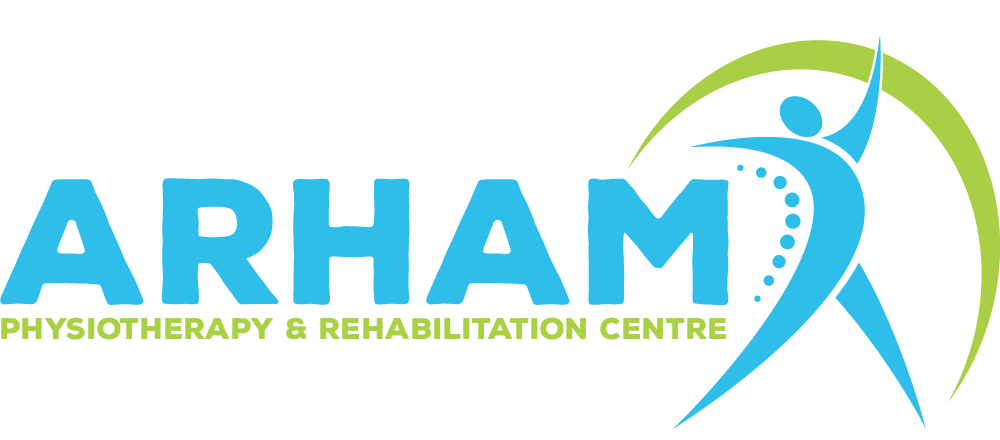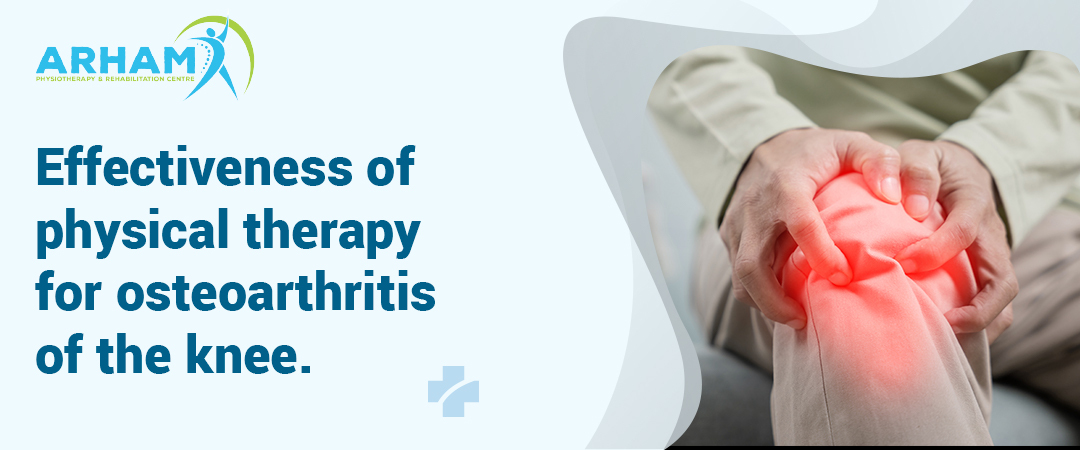Effectiveness Of Physical Therapy For Osteoarthritis Of The Knee.
Osteoporosis, also known as poor bone density, is a condition that affects one’s health and can lead to disability as well as a variety of other issues. It happens when the normal bone becomes thin and porous as a result of inadequate nutrition or aging, which can diminish the bone’s ability to withstand the stresses that are applied during daily activities. This can cause the bone to break more easily. This disease can be a silent, gradually progressing condition with no obvious symptoms until consequences, such as fractures, set in if it is allowed to go untreated or is misdiagnosed. Important components of osteoporosis preventive efforts include measures to increase bone density and decrease the probability of experiencing a fall. The treatment of this health issue includes a significant component that is provided by physiotherapy. When performed in the correct manner and under the direction of a well-trained professional, particular exercises have the potential to assist in the strengthening of the bones. In this blog post, we will talk about physiotherapy management for those who suffer from osteoporosis, as well as the precautions that should be done to prevent complications from occurring.
Physiotherapy and osteoporosis.
Physiotherapists customize osteoporosis treatments. Osteoporosis patients have many exercise options. A medical assessment of the range of motion, muscular strength, overall fitness, risk of fracture, gait, and balancing tailors each patient’s routine.
They tailor a program to the individual. Goal: to control osteoporosis safely.
To strengthen muscles and bones to prevent bone loss, injury, and independence.
Teaches optimal posture alignment & body movement to prevent spine fractures during lifting, forward-stooping, and stooping.
Balance training and fall prevention program.
Bone and muscle expand when adequately strained by increasing weight.
Physiotherapy management
- Bone-building and bone-loss exercise is particular & comparable for all ages.
- Physiotherapists use bracing to promote posture and recovery.
- uses various pain-reduction methods
Strength and ROM exercises
Physiotherapists use stretching and strengthening exercises to improve posture. Due to thoracic spine flexion, vertebrae gradually fracture and wedge. Posture worsens these diseases. Gentle motion range & strengthening exercises can assist maintain upper back and core mobility by improving posture.
Weightlifting
Physiotherapists construct exercise programs to strengthen bones and lower the incidence of falls and fractures. Exercise bands, gravitational resistance exercises including squat, single-leg heels raises, prone trunk extensions with cushion that protect lower ribs, push-ups, lunges, and sustained upright positions in neutral spinal position are used.
Loading exercises
Weightlifting and low-impact exercise help strengthen bones and reduce fracture risk. Osteoporosis patients fear hard activity. Strengthening a physiological system requires a greater burden than usual. To gain strength daily, bones must endure higher stresses. Proper spinal and lower-extremity alignment allows weightlifting. Stomping, heel drop, dancing, and jogging are also supervised.
Balance and coordination training
Coordination and balance activities reduce fall risk. These exercises enhance balance on unstable surfaces and small places. Walking on the a bobath circle and adding difficulties can improve balance.Exercising 2–3 times a week is part of a fitness regimen.
Avoid:
- Avoid high-risk exercises.
- Avoid bone and muscle-stressing workouts.
- Avoid sit-ups, crunches, spine or hip bending, and forward and or side bending.


Pingback: Pediatric Rehabilitation for Common Sports Injuries in Children
Pingback: How to Choose the Right Knee Pain Physiotherapy Clinic for You
Pingback: Bones Need Maintenance For Old People-Expert Advise
Pingback: Physiotherapy to Maintain Women Health - Arham Physio